So much of death is a mystery, between how and when we’re going to go, if there’s anything beyond the grave—you know, all the pleasant stuff. But while a lot of this is out of our control, there is one aspect of our impending deaths that we usually can choose: what happens to our body.
Sure, there are the traditional routes of burial or cremation, but there’s a lot more you can do with your remains, including some alternatives that are more environmentally friendly than others. In fact, green burials are becoming increasingly more common, according to Elizabeth Fournier, who identified herself as “the one-woman funeral service in the rural town of Boring, Oregon.”
Also known as the “Green Reaper” and author of The Green Burial Guidebook, Fournier tells Lifehacker that a lot of people want to have an environmentally conscious burial, but don’t know where to start. “I wish people knew that it was very family-centric, eco-friendly, wallet-friendly and the most sustainable choice one can make,” she says.
Similarly, death doula iele paloumpis explains that traditional cremation and burials are more environmentally problematic than people think: “There are a lot of steps being taken to consider this and to think about what are more earth conscious ways to dispose of our remains,” they tell Lifehacker. “Obviously, we can think about the ways that things like embalming are highly toxic and ultimately do seep into things like the land, as well as the carbon imprint of cremation and the amount of energy and gas that gets released into the air through burning bodies. There’s a lot of people who are really trying to think of ways that we can have less of a negative impact, given the climate crisis that we’re in right now, which I think is really important and admirable and something that I feel inspired by.”
As paloumpis points out, the decision of what to with our remains is a very personal one, and is dependent upon a number of different factors and reasons—cultural, religious and otherwise. In their work as a death doula, paloumpis says they offer these other options as just that—“other options that people may be less aware of, without any personal feeling on my part that one is ‘better’ than the other, because there’s just so many things to consider.”
Don’t have your own death doula (yet) and aren’t sure where to start? Here are a few options for your remains. And like paloumpis, we are not advocating one method over another; this is merely a list of options, some of which you may not have known about previously.
Donate your body to science
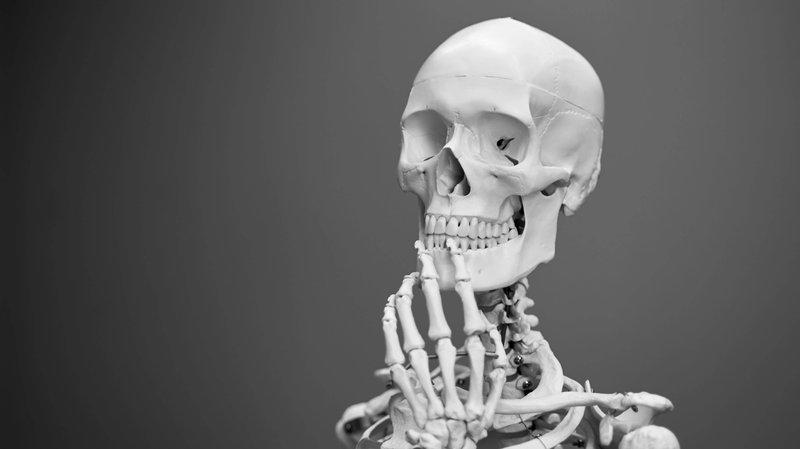
Those who wish to make a difference when they’re no longer alive may want to consider donating their body to medical research. If you’re curious about this, you can read more about it in our previous coverage—including how to do it and why this may (or may not) be the right choice for you.
But what happens with your body when the medical school is done with it? Typically, they cremate the remains at no cost to the individual or their family, and then return the ashes a few weeks after the donation.
Have a traditional burial
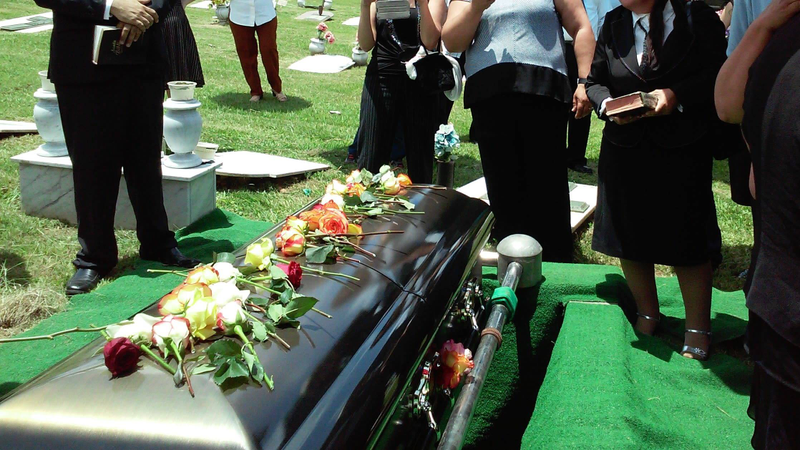
If you’ve seen a funeral on TV or in a movie, you’ve probably seen a burial. It involves placing a body in a coffin or casket, then having it buried in a cemetery at a depth dictated by the state. Costs associated with burials vary, but there are more wallet-friendly options, like coffins from Costco.
Get cremated
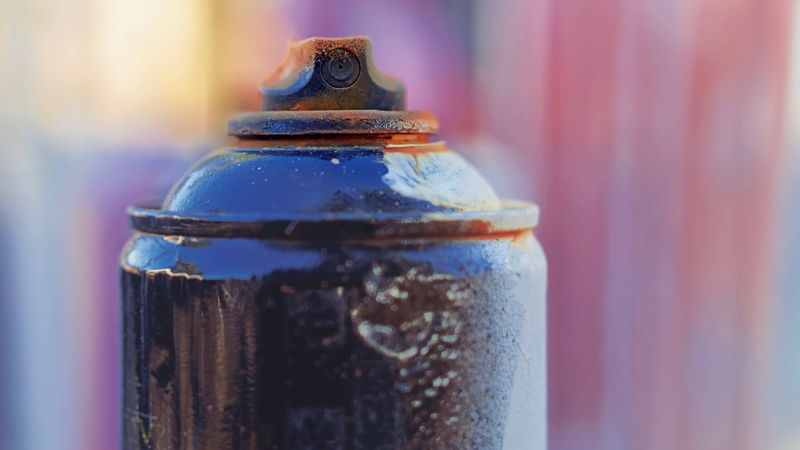
Since 2015, cremation has been more common than burial, with approximately 53.5 percent of Americans opting for cremation, versus around 40.5 percent choosing burial, according to the National Funeral Directors Association (NFDA). By 2035, the NFDA projects that the cremation rate will reach 80 percent in the United States.
There are two categories of cremations: traditional and green. Traditional cremation is exactly what it sounds like—using fire to reduce a body to ashes consisting of bone fragments. Green cremation, also known as bio-cremation and alkaline hydrolysis, happens when a body is placed in a pressurized stainless steel chamber along with water and an alkali solution of potassium hydroxide, then heated to 350 degrees Fahrenheit. Like traditional cremation, the result is bone remnants. Both types of cremation take around two to three hours. “Since alkaline hydrolysis is reductive, the body will go through the same breakdown process as it would in soil, but in a matter of hours rather than over a long period of time,” Fournier explains.
Once a body is cremated, there are several possibilities for what to do with the remains. You could purchase an urn (yes, they’re available on Amazon) and store your loved one there. You can also opt to scatter the person’s ashes in different locations, per their request. It’s always a good idea to check first to see if the location they had in mind allows ashes; for example, Disney World prohibits this practice, although (or maybe because) it’s a popular location.
Beyond that, there are a few other things to do with your ashes, depending on your budget and what you want to accomplish. Be sure to check the laws and regulations in your state before moving forward with any of these plans.
Compost the body
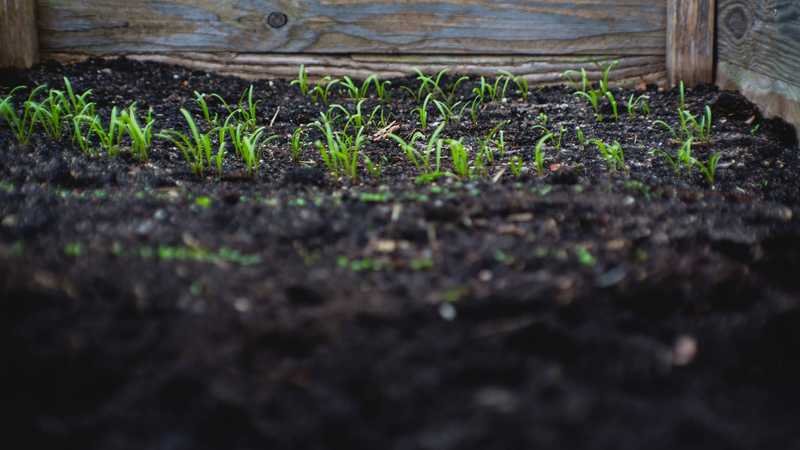
In May 2019, Washington became the first state to legalize composting human bodies as an alternative to burial or cremation. This time, this isn’t what it sounds like: the process does not involve putting your loved one’s body in the backyard along with food scraps. Similar to green cremation, body composting speeds up the natural decomposition process. The difference is that composting takes a body, places it in a temperature- and moisture-controlled vessel and rotated with wood chips, alfalfa, straw and a mixture of nitrogen and carbon. The law will take effect in May 2020.
Become a diamond
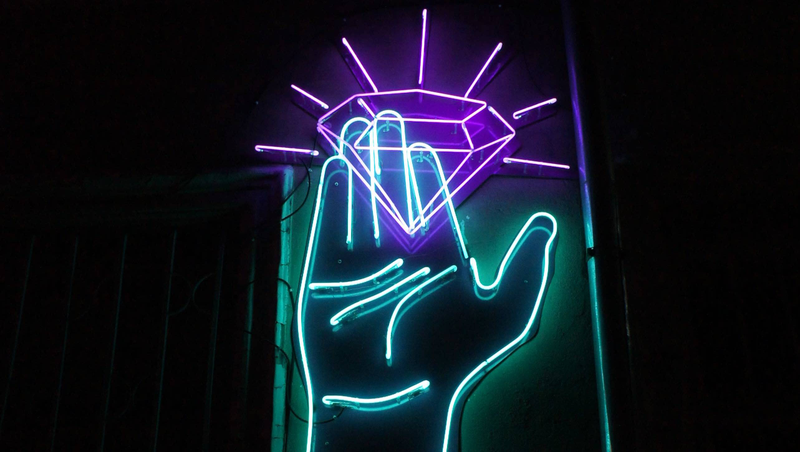
When ad agency copywriter Frances Gerety came up with the slogan “a diamond is forever” for De Beers in 1947, she probably didn’t have this in mind. But yes, it’s possible to turn your ashes into a diamond. Essentially, the process involves the same heat, pressure, time and carbon used to create a diamond in nature. A few different companies offer this service, including Eterneva, LifeGem and Lonité.
Become part of a reef
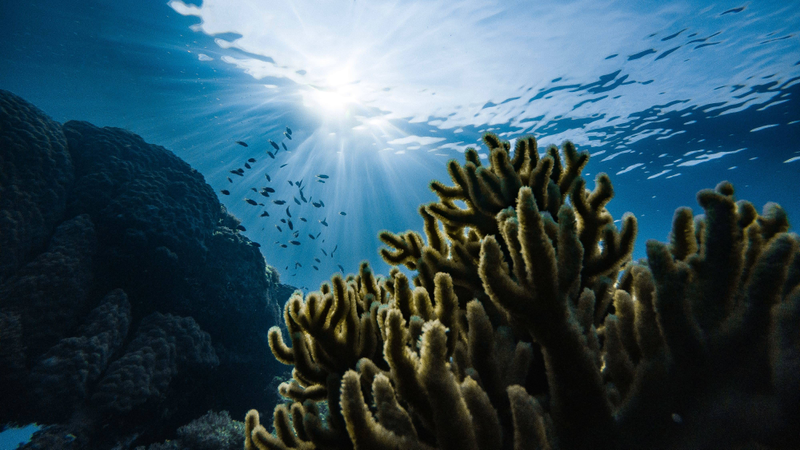
Ever want to live near the water? Well, after death you may get your chance—though it’s more like under the water, than on the water. A Florida company called Eternal Reefs will take your ashes and incorporate them into an environmentally safe cement mixture designed to create artificial reef formations. The artificial reef is then placed underwater in an approved ocean location off the coasts of Florida, South Carolina, North Carolina, Maryland, New Jersey, Texas and Virginia. In addition to providing an unusual final resting place and a probably a pretty fun funeral on a boat, Eternal Reefs create new marine habitats for fish, turtles and other forms of sea life in areas where the natural reefs are deteriorating.
Become one with the water

If reefs aren’t your thing but you’re a fan of the water, you may want to consider a water urn. This biodegradable urn is designed to allow your loved ones to scatter your cremated remains in an ocean, river or lake—or any other body of water of your choosing. Basically you pop the urn in the water and for the first few minutes, it stays upright like a buoy. After that, it becomes submerged in the water, the urn dissolves and the ashes are released. A few different companies make them, but The Living Urn’s website is the most comprehensive, if you’d like to learn more about this form of burial at sea.
Get buried in an infinity suit
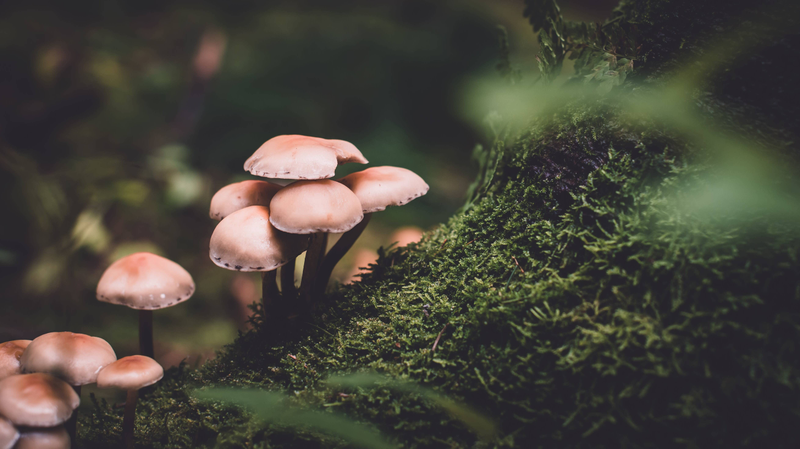
Those looking to make the greatest positive environmental impact after death may want to consider being buried in an infinity suit or shroud made by a company called Coeio. After passing away, the deceased is dressed in either a custom-made suit or wrapped in a shroud, both of which are biodegradable and come with a built in biomix, made up of mushrooms and other microorganisms. This fabric does three things: aids in decomposition, works to neutralize toxins found in the body and transfers nutrients to plant life.
So not only will you be decomposed in an environmentally friendly way, you’ll actually leave the soil better off than before you died and were buried there. You can be buried in an infinity suit or shroud with or without a coffin, and if you opt for the coffin, the suit will help it break down and become healthy soil too. Both the infinity suit and shroud go for $1,500, which isn’t bad, considering you’ll be wearing it literally until it (and you) falls apart.
Go out like a viking (or Jedi)

Though it’s not officially an option in the United States yet, viking burial—also favored by Jedi knights—may soon be legal in Missouri. A bill passed both chambers of the Missouri General Assembly which would allow licensed funeral directors to facilitate outdoor cremations either at specific licensed locations. Unlike those of the vikings, the outdoor cremation wouldn’t necessarily have to take place on a boat.
Become a tree or plant
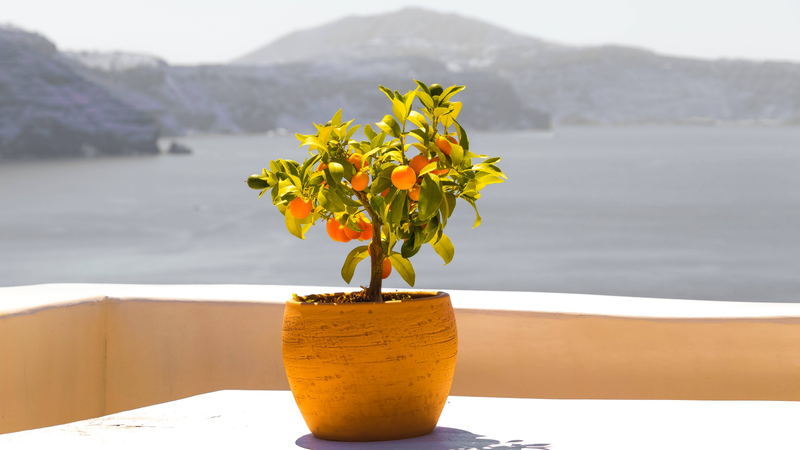
If you want to leave your loved ones with a memorial to you, but don’t want to make them schlep to a cemetery, you may be interested in having your ashes mixed with soil that is used to grow a tree or plant. One company that specializes in this is Let Your Love Grow, which has been in business for a decade. According to their website, planting or scattering human ashes is harmful for the environment, so they provide an organic mixture designed to neutralize the impact of the ashes and turn it into fertile soil. You can then either bury or scatter it, or use the soil to grow a tree or other plant.
There are other options in this space as well, including The Living Urn, which grows a memory tree from an urn holding the remains of a loved one. The company offers more than 50 unique trees to choose from and asks for your zip code to make recommendations based on which ones grow best in your location. They do all the planting and growing work for you: the tree arrives on your doorstep and is typically already two to four feet in size.
Become a tattoo
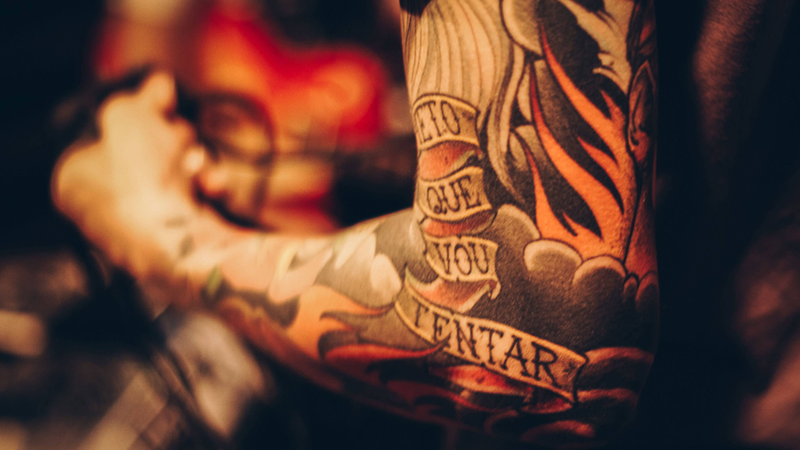
Death is forever, and so are tattoos, so for some people, it makes sense to combine them. Some companies like Engrave Ink and Cremation Ink will take human ashes, mix them with tattoo ink and use it to create a personalized memorial tattoo for a lost loved one. The technical term for these are “ritual” or “commemorative” tattoos, and though it sounds like needling another person’s ashes into your skin might not be the best move health-wise, Sandra Whitehead, M.D. the director of program and partnership development at the National Environmental Health Association, told Vice that it’s no more dangerous than non-human ink ingredients:
“There are health risks inherent in tattooing itself, regardless of the kind of ink used or other material injected under the skin. A very small amount of cremains in the ink does not, in general, present a risk, even if the deceased loved one was very sick.”
Having said that, she also noted that there have been relatively few studies conducted on the safety of tattoos using human remains and the ones that do exist are inconclusive. So your best bet for these—or any—tattoos is to pick a reputable and experienced artist.
Be turned into a record
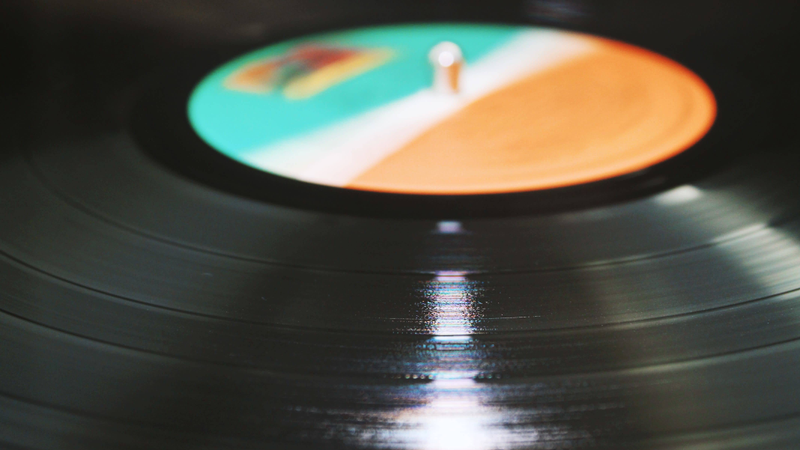
Vinyl records have been enjoying a resurgence in popularity to the point that they’re not an option for your remains. A company called Vinyly will take your ashes and press them into a vinyl record to allow you to, in their words, “live beyond the groove.”
Not only will your ashes be incorporated into a record, you also have 12 minute on each side of the record to fill with whatever you want: you reading your will, sending messages to friends and family, airing grievances, sharing memories, singing, reciting a poem, playing licensed music or even the sound of the popping and cracking of a fire if you want to “hear” the ashes. Haunting your loved ones via record doesn’t come cheap, though: one record starts at £3,000 — or approximately $3,800.
Go out with a bang
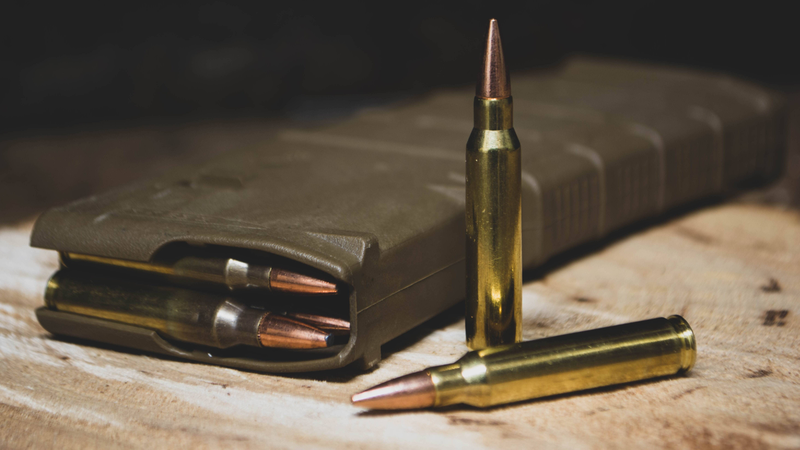
If you’ve ever wondered what it felt like to be shot out of a gun, you can have your chance after you die. A company called Holy Smoke — started by two state law enforcement officers — will put your ashes into shot shells or cartridges which can be fired off in a final salute. According to their site, one pound of human ashes is enough to produce 250 shotgun shells, or one case. You also have the option of going out with a patriotic salute, where organic red, white and blue pigments are visible after the shot is fired.
The aim of the company is to provide “an eco-friendly way to spread or use those ashes while conducting a favored activity.” The website also notes that they can place ashes into almost any caliber or gauge of ammunition. The prices aren’t listed on the site, but you can call the company for more information.
Live on inside a stuffed animal

If you don’t feel like a traditional urn is the right place for your ashes, you could always opt to have them put inside a stuffed animal. Companies like Perfect Memorials, HuggBudds and In the Light Urns will place ashes in a chamber inside of a stuffed teddy bear, dog, elephant, cow or other animal of your choosing. The idea here is presumably to keep your deceased friends and family close to your heart and still be able to hug them even after they’re gone.
The bottom line is that the death industry is changing and there are more choices than ever for your remains. If you have a strong preference for what you want to happen to your body, it’s probably a good idea to let people know or put it in your will.